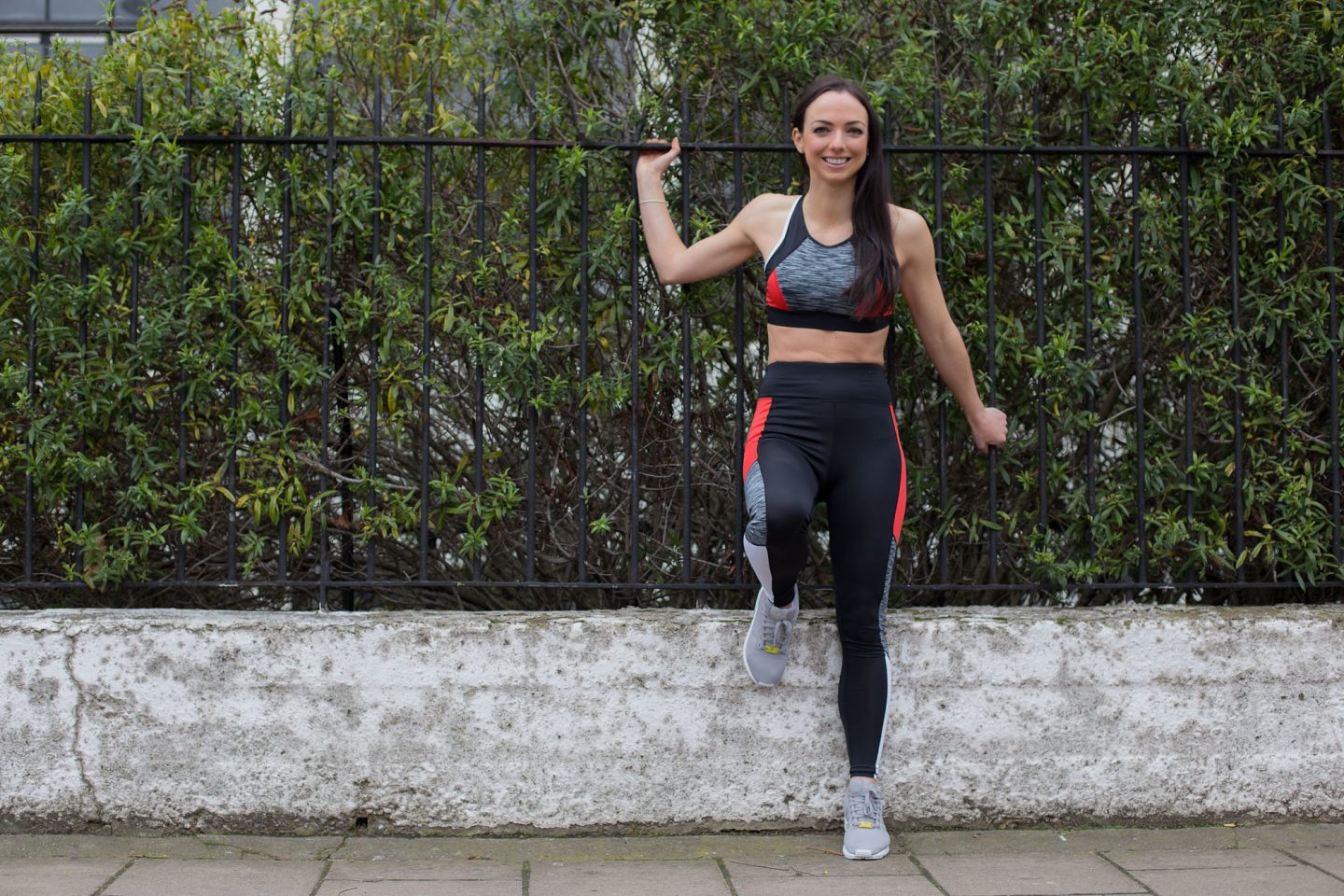
With January over, and (for most of us), our New Year’s Resolutions now a distant memory, in this blog post we’re going to look at how exactly to go about making long-term changes to your health and fitness levels, by setting GOALS.
You’ll notice that I say ‘goal setting’ and not ‘resolution setting’ as the problem with setting resolutions is that the majority fail within the first few weeks, because there isn’t a specific plan in place to achieve them. The key to goal setting is to plan what specific changes you are going to make in order to achieve your ultimate aim. And as the saying goes, “if you always do what you’ve always done, you always get what you’ve always gotten”.
Putting this into context, although your ultimate aim may be to ‘get healthier’, your goals should be health-behaviour focussed, which involves looking at:
- The quality of your diet
- Your activity levels
- Your sleeping habits
- Your stress management techniques.
All four of these will have a long-term positive effect on your overall health. Focus on the journey rather than the destination; which means if you create appropriate healthy-rituals, you will eventually get the result(s) that you desire.

Whether you’re focussing on achieving your ‘5 a day’, exercising for 30 minutes 5 times a week, sleeping for 7-8 hours a night or starting to meditate for 10 minutes a day, try the following steps to help you along your way:
4 STEPS TO GOAL SETTING PROPERLY
1) Make your Goals SMART & write them down; Don’t be wish-washy with your goals; make them Specific, Measurable, Achievable or Attainable, Realistic and Time-bound, and write them down in a note-book or diary. For example, your aim may be to ‘increase your fitness level’, but your goals should be behaviour change focused i.e. based on HOW you are going to increase your fitness levels and get fit. A SMART goal based on fitness could be:
- S = I am going to go to the gym 3 times a week for 45 minutes at a time.
- M = At the gym I’m going to follow the programme card written for me by a fitness instructor and put a tick in my diary when I go.
- A = I’m going to go on my way back from work on a Monday, Tuesday and Thursday as I don’t have other commitments on these evenings.
- R = I’m going to include at least 20 minutes of cardiovascular activities e.g. interval training on the cross-trainer to improve my overall cardiovascular fitness, and 20 minutes of weights (resistance exercise).
- T = I’m going to start on Monday and track my progress for the next month.
2) Add a WHY; Remember why you are doing the goal, for example if your goal is to increase your fitness levels (as above) note down the benefits that this will bring and highlight the ones which mean the most to you:
• Improved muscle tone which means a leaner and stronger body
• Increased self-esteem (confidence levels)
• Improved mood (exercise boosts the feel good hormones)
• Increased energy levels
• Improved sleep (leading to better energy levels!)
• Improved immune function, reducing the chances of getting ill
• Helps to boost metabolic rate and burn calories
• Contributes to weight loss and more importantly, keeping weight off
• Improves reaction time and coordination
• Increased HDL (good cholesterol) levels which decreases the risk of heart disease
3) Get an Accountability Partner; Sharing your aims and goals is a great way of staying accountable. You could share your goal(s) with a friend, family member, or even on social media. Check in every few weeks with an update on how you’re getting on and don’t be afraid to discuss any problems that you’re facing, as you may be able to work out a solution or a way around it together.
4) Review and Celebrate your Progress; Decide how often you are going to review your progress; is it going to be every week, every other week or every month? When you review your progress it allows you to acknowledge and celebrate your successes, and (if needed) adapt your plan accordingly to allow continual progression. For example, if your workout is getting too easy, do you need to change your workout regime, or if you’re already eating 5 portions of fruit and vegetables a day, can you add a new goal of swapping refined carbohydrates to whole grain (for example swapping white bread to wholemeal bread)?

I really hope this post helps you with your 2018 goal setting! Good luck! Nic x
Images by Fields Photography London.
Wearing #AliceLiveingXPrimark.
